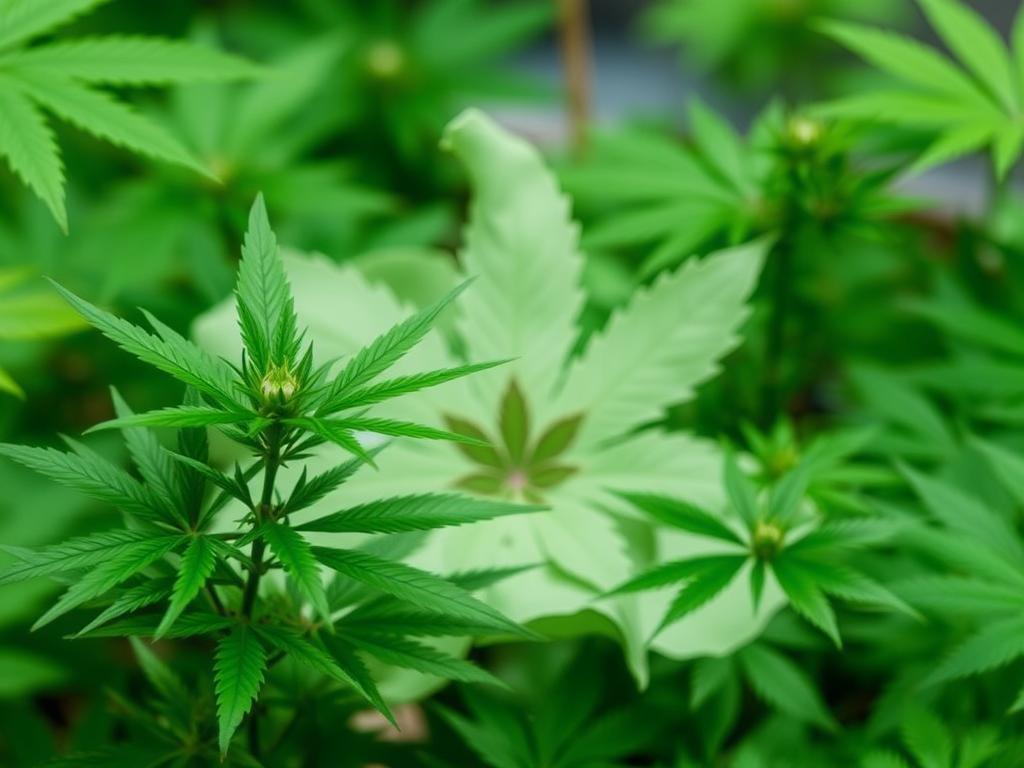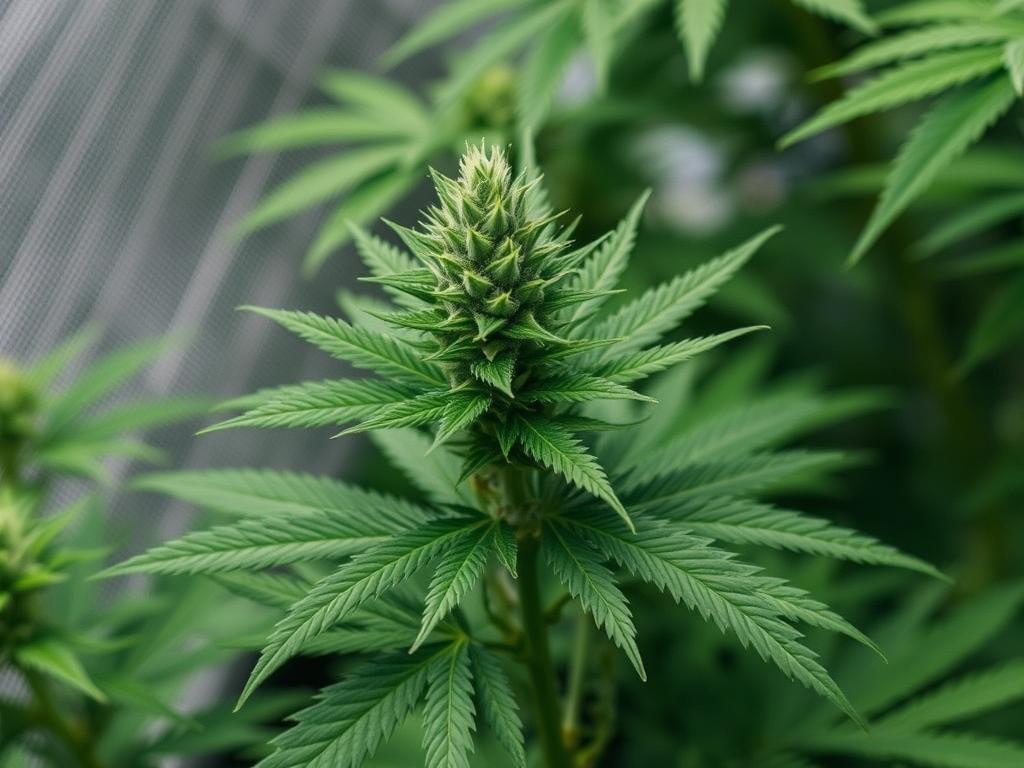Since Canada legalized recreational cannabis nationwide in October 2018, the landscape of security has undergone significant shifts across the country. Legalization did not just open the doors for a booming industry; it also introduced new challenges and demands regarding how cannabis businesses, communities, and law enforcement agencies approach security. Understanding these changes requires looking at how security needs have evolved in multiple facets—from retail stores and production facilities to transportation networks and public safety measures.
In this article, we will explore the multifaceted impact cannabis legalization has had on security requirements in Canada. We’ll cover the rise in security protocols within licensed cannabis businesses, the challenges law enforcement now faces, innovations in technology-driven security, and community responses. Whether you’re a concerned citizen, a stakeholder in the cannabis industry, or just curious about how legalization reshaped safety measures, this comprehensive overview will shed light on the topic.
The Shift in Security Landscape Post-Legalization

Before cannabis legalization, the industry operated largely underground, with many security issues remaining hidden or unaddressed publicly. Once the government passed the Cannabis Act and allowed licensed cannabis operators to sell products openly, it became clear that a new robust security ecosystem was necessary. This transformation was required to protect assets, comply with stricter regulations, and ensure community safety.
Licensed producers and retailers suddenly found themselves responsible for implementing advanced security measures to prevent theft, diversion, and unauthorized access. At the same time, law enforcement agencies had to adjust their focus—from combating illegal cannabis markets to managing compliance, public safety concerns, and monitoring illicit activities that might persist despite legalization.
Security Challenges Faced by Licensed Cannabis Businesses
One of the immediate impacts of legalization was the mandate for licensed cannabis businesses to upgrade their security infrastructure. This arose for several reasons:
- Theft and burglary risks: With high-value products on site, cannabis stores and production facilities became attractive targets for criminals.
- Regulatory compliance: The Cannabis Act and provincial regulations created specific security requirements such as surveillance systems, controlled entry points, and record-keeping.
- Preventing product diversion: To ensure cannabis doesn’t enter illegal channels, companies had to carefully monitor inventory and supply chains.
- Employee and customer safety: Visible security measures help deter disorderly conduct and protect everyone within the premises.
As a result, these businesses invested heavily in security personnel, sophisticated alarm systems, video surveillance technologies, and biometric controls to satisfy legal standards and provide peace of mind.
The Role of Government and Regulation in Security Protocols
The Canadian government and each province set detailed security criteria that cannabis businesses must meet to obtain and maintain licenses. These protocols include:
| Security Aspect | Required Measures | Purpose |
|---|---|---|
| Surveillance Cameras | 24/7 video monitoring with high resolution and storage | Prevent theft and record incidents for investigations |
| Access Control | Biometric systems or key card access for restricted areas | Limit unauthorized entry to sensitive zones |
| Alarm Systems | Intrusion alarms connected to local authorities | Immediate alerts for break-ins or suspicious activity |
| Inventory Management | Detailed digital logs, tracked in real time | Prevent diversion of products to illegal markets |
| Physical Barriers | Reinforced vaults, safes, and secure storage units | Protect products and cash on premises |
This regulatory framework ensured that the legal cannabis market operated safely and transparently while reducing risks that could undermine public trust.
Security Needs in Cannabis Production and Distribution

Security challenges don’t stop at retail outlets. The entire production and supply chain requires meticulous oversight to prevent losses, theft, and illegal distribution. Cannabis is a highly regulated product with strict tracking requirements from “seed to sale.” This means producers, distributors, and transportation companies must synchronize security efforts across multiple stages.
Controlled Access in Production Facilities
Licensed producers operate large cultivation and processing facilities. The security needs here are unique due to the size, high value of inventory, and potential risks associated with processing operations. Facilities implement zones with different levels of clearance, where only authorized personnel can enter sensitive areas such as grow rooms, processing labs, and storage vaults.
For these areas, companies use:
- Key card or biometric access to restrict entry.
- Advanced alarm systems monitored 24/7.
- On-site security guards trained in cannabis industry protocols.
- Surveillance cameras covering all critical points.
Transportation Security and Chain of Custody
One of the trickiest aspects of cannabis security in Canada is ensuring the safe and legal transportation of products between production sites, warehouses, and retail stores. Transporting cannabis requires maintaining strict chain of custody documentation and ensuring the physical security of cargo. Disruptions or breaches can lead to product loss, diversion to illegal markets, or regulatory violations.
Common security measures for transport include:
- GPS tracking of vehicles in real time.
- Sealed and locked containers with tamper-evident features.
- Driver vetting and secure communication protocols.
- Coordination with law enforcement for high-risk transfers.
By adopting these measures, businesses minimize opportunities for theft or diversion during transit.
Impact on Law Enforcement and Community Safety
Legalization didn’t simply mean cannabis was now legal; it shifted substantially how law enforcement and communities address safety concerns. Police forces had to reallocate resources and customize their approach because traditional cannabis-related crimes changed in nature.
Law Enforcement Focus Shifts
Before legalization, policing cannabis involved targeting illegal growers and dealers. Post-legalization, the emphasis shifted towards ensuring compliance within the legal market and mitigating new forms of criminal behavior related to cannabis, such as:
- Illegal dispensaries not meeting licensing requirements.
- Drug-impaired driving enforcement and roadside testing developments.
- The persistent black market and diversion from legal supply chains.
- Addressing youth access in accordance with age restrictions.
These changes necessitated updated training for officers, investment in new detection tools, and closer collaboration with regulatory agencies.
Community Responses and Security Concerns
In many communities, the introduction of legal cannabis retail sparked debates about public safety, youth access, and neighborhood security. Residents often voiced concerns about potential increases in crime or disturbances near cannabis stores. To address these, municipalities developed various security guidelines, including:
- Regulating store locations to minimize impacts on schools or vulnerable populations.
- Mandating visible security measures like lighting and cameras on storefronts.
- Community policing initiatives to monitor and respond to cannabis-related concerns.
These community-based security efforts have played a role in fostering safer environments and maintaining public confidence.
Technological Innovations Bolstering Cannabis Security

As cannabis is a relatively new legalized industry, it has benefited from rapid technological adoption and innovation to address security challenges efficiently and effectively. Technologies designed for other industries—such as banking and pharmaceuticals—have been adapted or enhanced for cannabis security needs.
Seed-to-Sale Tracking Software
One of the most critical technological tools in Canadian cannabis security is seed-to-sale tracking systems. These software solutions provide comprehensive real-time data on every stage of the product lifecycle. Benefits include:
- Full transparency and traceability to prevent diversion or fraud.
- Automated inventory controls linked to regulatory reporting.
- Authentication of products to ensure quality and legality.
Systems like Metrc and others are widely employed, and adherence to these platforms is a condition for licensing.
Biometric Security and AI Surveillance
Some cannabis businesses are experimenting with advanced biometric access systems that use fingerprint or facial recognition to control entry strictly. These measures help reduce insider theft and unauthorized access. In addition, AI-powered surveillance systems analyze camera footage for unusual activity in real time, providing proactive alerts to security personnel.
Cashless Payment Solutions
Given that many cannabis businesses operate largely in cash due to banking restrictions, security challenges around handling and storing money persist. To address this, an increasing number of retailers are adopting cashless payment methods or enhanced cash management systems coupled with secure storage solutions to reduce robbery risks.
Comparing Security Needs: Licensed vs. Illicit Cannabis Markets
The contrast between security practices in Canada’s licensed cannabis market and the illicit cannabis sector highlights the profound impact legalization has had on security needs. Licensed operators strictly adhere to enhanced security protocols, while illicit operators remain vulnerable to law enforcement and criminal activity themselves.
| Factor | Licensed Cannabis Market | Illicit Cannabis Market |
|---|---|---|
| Security Infrastructure | Mandatory cameras, alarms, biometric access, professional guards | Minimal to none, often concealed and makeshift |
| Inventory Controls | Seed-to-sale tracking, digital logs | Unregulated, no formal tracking |
| Law Enforcement Interaction | Regulatory compliance, routine inspections | Constant risk of raids and criminal prosecution |
| Employee Screening | Background checks and training mandatory | Often informal hiring |
| Public Safety Impact | Improved transparency and safer environments | Associated with greater crime rates and uncertainty |
This table underscores why security needs have expanded in the legal cannabis landscape, fostering safer operations and community wellbeing.
Future Trends: How Cannabis Security Will Continue To Evolve
As the Canadian cannabis market matures and expands, security needs will continue to evolve in response to emerging risks, technological advances, and changes in regulation. Here are some promising trends and developments to watch:
- Integration of blockchain technology: To enhance transparency and prevent counterfeiting along the supply chain.
- Expanded use of AI and predictive analytics: To anticipate security threats and optimize resources.
- Greater collaboration between industry and law enforcement: Sharing intelligence and best practices for effective enforcement.
- Shift towards cashless, fully digital transactions: Reducing risks tied to cash handling.
- Increased focus on cybersecurity: Protecting sensitive data and preventing hacking attempts within cannabis businesses.
By staying vigilant and adopting innovative security solutions, the Canadian cannabis industry can continue to thrive while maintaining safe and compliant operations.
Summary Table: Key Areas of Cannabis Legalization Impacting Security Needs in Canada
| Area | Security Impact | Measures Implemented |
|---|---|---|
| Retail Stores | Increased risk of theft and disorderly conduct | Surveillance, guards, controlled access, inventory monitoring |
| Production Facilities | High-value inventory protection and access control | Biometric access, alarms, 24/7 monitoring, secure storage |
| Transportation | Ensuring secure shipment, maintaining chain of custody | GPS tracking, sealed containers, vetted drivers |
| Law Enforcement | Shift to compliance, impaired driving enforcement | Training, new detection tools, collaboration with industry |
| Community Safety | Mitigating local concerns and maintaining public trust | Zoning, visible security, community policing initiatives |
Conclusion
The legalization of cannabis in Canada has fundamentally transformed the security landscape, yielding a new set of challenges and opportunities. Cannabis businesses must now navigate stringent security protocols to protect assets, comply with regulations, and maintain public safety—efforts supported by innovative technology and government oversight. Meanwhile, law enforcement and communities continue to adapt to this evolving industry, shifting their focus toward compliance and proactive safety measures. Though the journey is ongoing, the integration of advanced security practices has significantly contributed to the responsible growth and normalization of cannabis within Canadian society. Embracing these security needs ensures the industry not only thrives economically but also upholds the safety and trust of all Canadians.